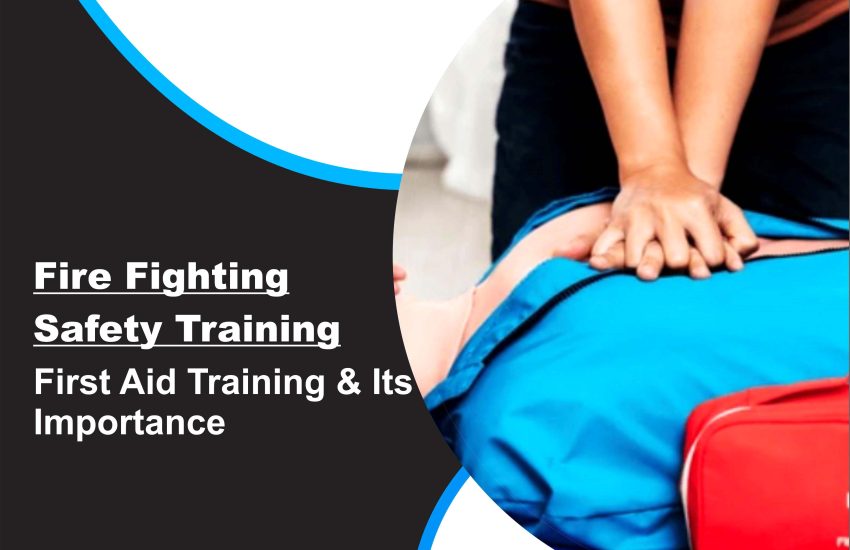First Aid Training & Its Importance is a critical skill set that empowers individuals to respond quickly and effectively during medical emergencies. Whether at home, in the workplace, or in public, emergencies can happen without warning. By learning basic life-saving techniques, you can be the difference between life and death before professional help arrives.
What is First Aid Training?
First aid training involves teaching individuals how to manage common injuries and life-threatening emergencies until medical professionals take over. The main purpose is to prepare everyday people with the knowledge and confidence to provide immediate care in urgent situations.
Topics Covered in First Aid Training & Its Importance
Participants in a first aid course learn a wide range of skills that are essential for effective emergency response. These include:
1. Basic Life Support (BLS) Techniques
Basic life support training teaches participants how to assist individuals experiencing cardiac arrest or other critical conditions. You’ll learn to recognize symptoms, perform chest compressions, and use an Automated External Defibrillator (AED).
2. Cardiopulmonary Resuscitation (CPR)
CPR training includes techniques for performing chest compressions and delivering rescue breaths to someone who is not breathing. Immediate action with CPR can significantly improve survival rates during a cardiac emergency.
3. Choking & Airway Obstruction Management
You’ll learn how to identify and respond to choking emergencies. This includes performing the Heimlich maneuver for adults and back blows for children and infants.
4. Bleeding Control & Wound Care
Managing severe bleeding is vital in preventing shock or death. You’ll be taught how to use bandages, apply direct pressure, and use tourniquets when necessary.
5. Fracture & Sprain Management
You’ll learn techniques for immobilizing fractures and sprains, minimizing pain, and preventing further injury until help arrives.
6. Burns & Thermal Injury Treatment
Burn management includes cooling the burn, covering it properly, and identifying when emergency care is needed.
Where to Get First Aid Training & Its Importance
Trusted organizations like the American Red Cross and the American Heart Association offer nationally recognized training programs. These include both in-person CPR and first aid classes and online certifications for convenience.
Essential First Aid Tools You Should Have
Enhance your preparedness with a well-equipped BLS first aid kit. Here are key tools every responder should consider:
1. Automated External Defibrillator (AED)
Delivers life-saving shocks during sudden cardiac arrest. Essential in public places and high-risk environments.
2. Tourniquet & Bleeding Control Kit
Crucial for managing traumatic bleeding from accidents, disasters, or violence.
3. CPR Mask With One-Way Valve
Protects the rescuer while delivering rescue breaths during CPR.
4. Naloxone (NARCAN®)
Reverses the effects of opioid overdose quickly and effectively.
5. EpiPen®
Delivers fast-acting epinephrine during a severe allergic reaction or anaphylaxis.
Conclusion
First Aid Training & Its Importance provides life-saving knowledge that everyone should have. By taking a certified course, you equip yourself with the tools to act confidently during emergencies—protecting your loved ones, coworkers, and the public.


